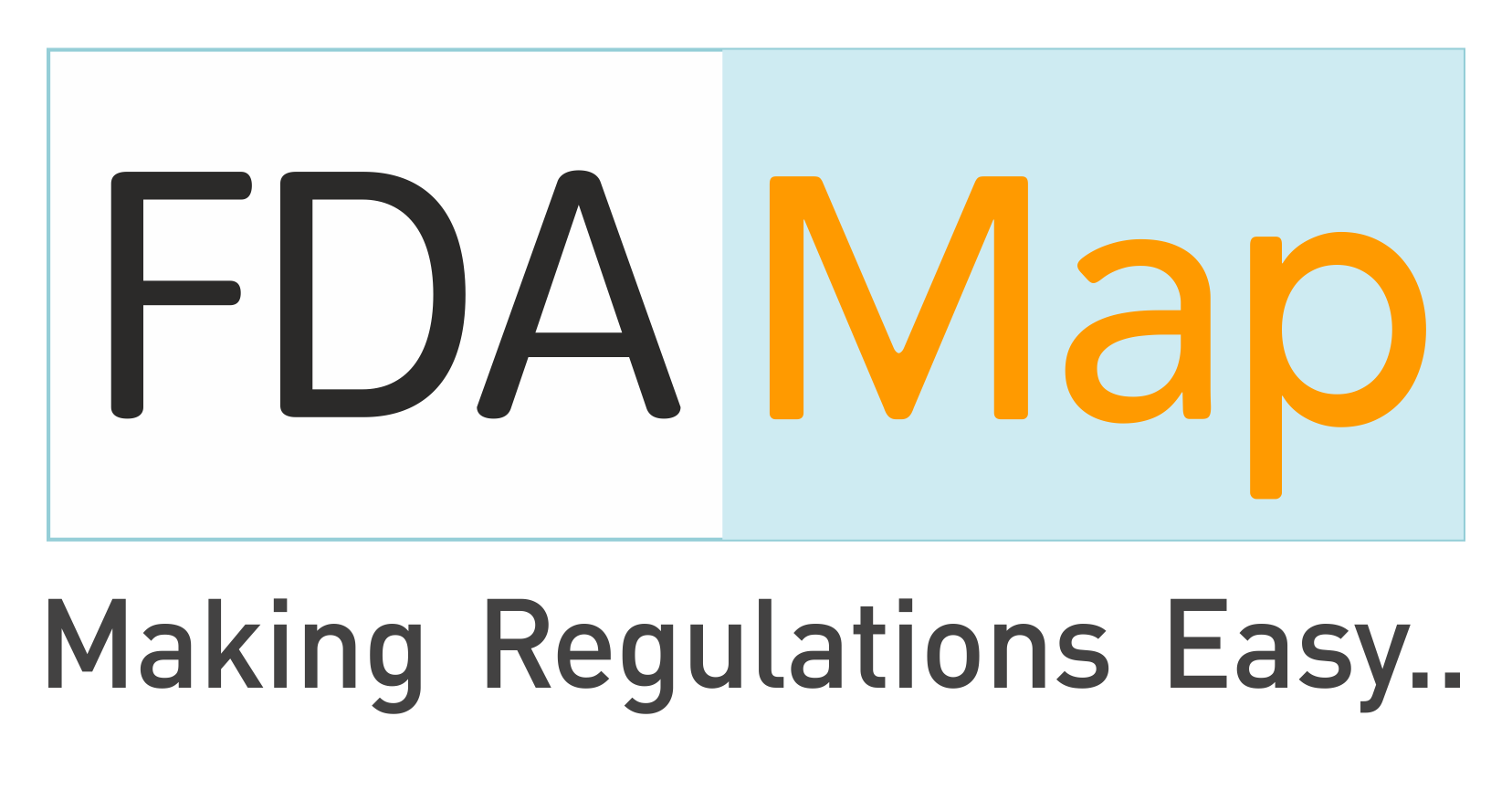Once a clinical trial is underway, the day-to-day operations have a direct impact on data quality, patient safety, and the ultimate success of the study. Seamless operations require meticulous coordination among investigators, sponsors, contract research organizations (CROs), vendors, and regulatory bodies. Miscommunication or inadequate oversight can cause delays, data discrepancies, and budget overruns. Hence, robust operational strategies ensure that trials remain on track and participants receive the highest standard of care throughout the process. Drawing insights from FDAMapClinical’s insights on Clinical Trial Operations, this article explores best practices for managing clinical trial operations effectively.
- Establishing Comprehensive Project Management
Project management is the glue that holds clinical trials together. It involves planning timelines, delegating responsibilities, monitoring budgets, and mitigating risks. A seasoned project manager or a dedicated project management office (PMO) can integrate input from cross-functional teams, ensuring that each step—from site initiation to final closeout—follows the appropriate protocol. Early and continuous engagement with regulatory and ethical boards, as recommended by FDAMapClinical, reduces last-minute surprises and accelerates approvals. - Selecting and Training Study Sites
Study sites are the frontline for patient care and data collection. Investigators and site staff need detailed training on the study protocol, data capture tools, and regulatory obligations. This ensures uniformity in how treatments are administered and how data is recorded, which is crucial for maintaining consistent quality. A rigorous site selection process—evaluating staff expertise, patient populations, infrastructure, and track record of compliance—ensures that each participating site can effectively conduct the trial. Sponsors often rely on site feasibility assessments and past performance metrics to identify the best partners. - Participant Recruitment and Retention
Recruiting eligible and representative participants is one of the biggest challenges in clinical research. Delays in enrollment can derail timelines and inflate costs. Effective strategies for participant recruitment often include outreach via patient advocacy groups, healthcare networks, and community engagement. Once enrolled, retaining participants is equally important to minimize attrition rates and incomplete data sets. Regular communication, engaging patient support services, and addressing participant concerns are all strategies endorsed by FDAMapClinical’s guidance to foster trust and maintain compliance. - Ensuring Quality and Compliance
Quality management systems (QMS) and robust standard operating procedures (SOPs) are crucial for ensuring that trials meet Good Clinical Practice (GCP) standards. Quality control procedures—like source data verification, internal audits, and site monitoring—serve as essential checks. A risk-based monitoring approach, in which resources are allocated proportionally to risk levels at each site, can be more efficient than a one-size-fits-all model. Additionally, compliance with regulatory frameworks demands thorough documentation and swift action on any protocol deviations or adverse events. - Leveraging Technology for Efficiency
Technological solutions can significantly streamline clinical trial operations. Electronic data capture (EDC) platforms reduce transcription errors and expedite data analysis, while clinical trial management systems (CTMS) track budgets, timelines, and resource allocation in real-time. Remote monitoring and telemedicine have become particularly relevant, offering flexible ways to collect data and monitor patient well-being. Integrated dashboards can provide sponsors and CROs with instant insight into enrollment rates, data completion, and site performance, allowing for agile, data-driven decisions. - Vendor and Supply Chain Management
Clinical trial operations often rely on multiple vendors, from central laboratories and imaging centers to courier services and specialized device manufacturers. Poor coordination among these vendors can cause shipping delays, lost samples, and inconsistent data. Consequently, robust vendor management strategies—including rigorous vendor qualification, clear contracts, and ongoing performance reviews—are essential. Sponsors should also maintain back-up plans to ensure that essential supplies, such as investigational products, are always available at study sites. - Safety Oversight and Pharmacovigilance
Protecting participant safety is the ethical and regulatory cornerstone of any clinical trial. A dedicated safety monitoring board or data monitoring committee (DMC) regularly reviews accumulating data to detect any concerning trends in adverse events. Sponsors are obligated to report severe adverse events to regulatory authorities promptly, along with necessary follow-up investigations. According to FDAMapClinical’s recommendations on clinical trial operations, a well-defined safety oversight plan includes real-time data capture of adverse events, clear reporting pathways, and transparent communication among stakeholders. - Maintaining Participant Engagement and Communication
Keeping participants informed fosters trust and supports protocol adherence. This communication goes beyond signing an informed consent form; it involves ongoing updates about the study’s progress, findings (as appropriate), and any changes to visit schedules or procedures. A participant-centric approach may also include reimbursement for travel expenses, flexible scheduling for follow-up visits, and user-friendly educational materials. These efforts reduce dropout rates and improve data completeness. - Analyzing and Reporting Results
Once data collection is complete, prompt and accurate data analysis is critical. Even as the study is ongoing, interim data reviews might inform decisions about continuing recruitment or modifying the protocol. When final results are in, they should be shared with regulatory bodies, scientific communities, and study participants (in an understandable format). Timely publication in peer-reviewed journals also contributes to the broader scientific discourse and helps validate the trial’s findings.
Conclusion
Optimizing clinical trial operations involves a delicate balancing act that encompasses recruiting the right participants, training sites, ensuring data quality, and maintaining regulatory compliance. Each step—whether it’s managing vendors, overseeing safety, or analyzing data—plays a crucial role in shaping the credibility and impact of the research. Adopting best practices as outlined by FDAMapClinical’s resource on Clinical Trial Operations ensures that trials are not only successful in meeting their objectives but also efficient, ethical, and patient-centric.
By prioritizing clear communication, advanced technological tools, risk-based monitoring, and patient engagement, clinical trials can navigate today’s fast-paced research environment with confidence. Ultimately, well-managed operations pave the way for meaningful scientific discoveries that can change—and save—lives. The quest for innovative treatments is as much about operational excellence as it is about medical breakthroughs.
